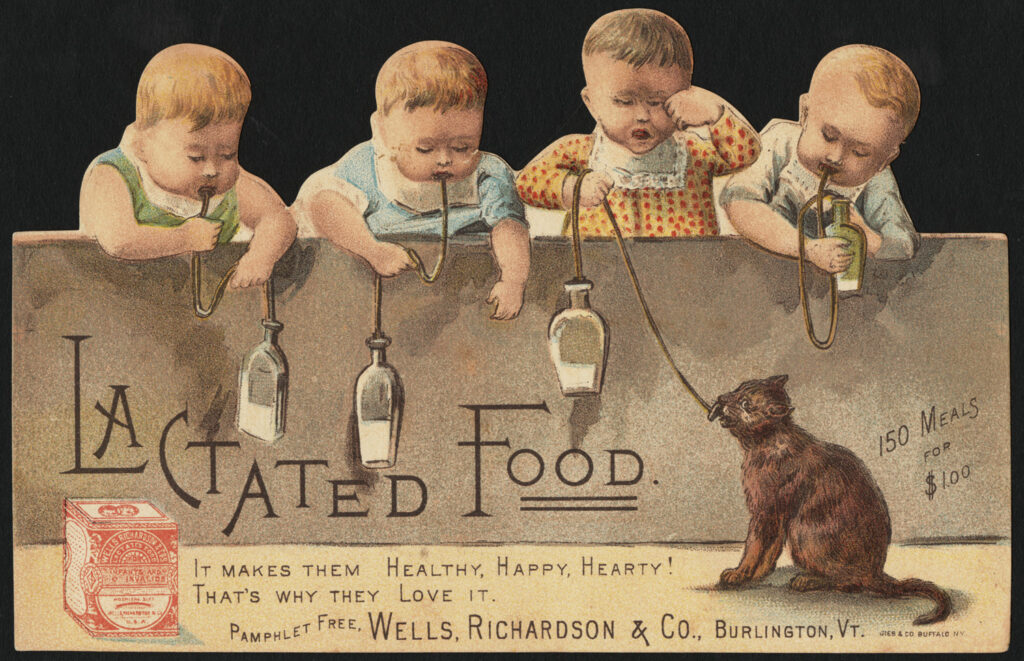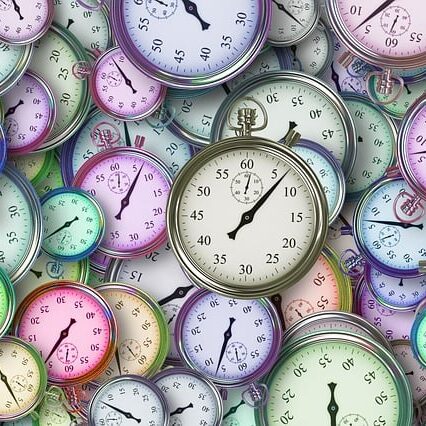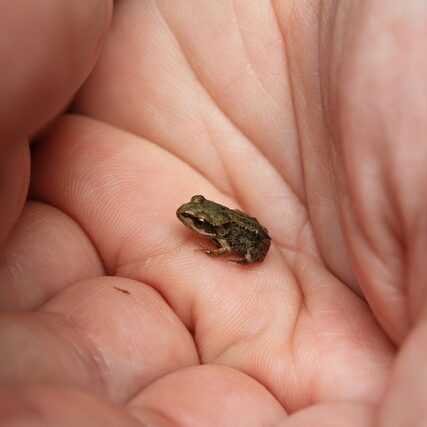
Recent posts have compared belief in a space future to belief in Flat Earth, and also compared living in space to hijinks like keeping a crewed airplane flying for over two months straight. Indeed, a number of insights might be gained by comparing the quest for flight to the space ambitions that followed.
Long before fuel-powered flight was demonstrated in 1903, human-powered flight had been a perennial dream of early inventors. It wasn’t until decades later that the much harder task of human-powered flight became possible—aided by modern lightweight materials. Yes, it can be done, but only if you’re a world-class athlete and content to travel at running speed a meter or two off the surface (remaining in ground-effect). Likewise, supersonic commercial flight is possible but not practical enough to remain an option. And it is possible to keep two people up in an airplane for 65 days.
Just because something can be demonstrated as a stunt does not mean it is destined to become normal practice. In particular—as I pointed out in an earlier post—occupation of a space station shares a lot in common with sustaining people in continuous airplane flight, which was once quite the enterprise. But after 1959, people stopped even trying. The exercise had crossed the line from meaningful to a silly waste of effort.
In the first half of the 20th Century, few (in techno-industrial cultures) would question the merits of attempting to keep people airborne as long as possible. It was exciting—proof of man’s greatness and progress into the novel. Given some degree of technological development since that time, we could presumably beat the 65 day record by a large margin, perhaps even demonstrating indefinite airborne capability—if sufficiently driven and provided adequate funds. But the proposal would likely—and fittingly— elicit shrugs and questions as to what the point would be. From my perspective, similar responses should accompany proposals for living in space. The question, then, is: when will we collectively become comparably dismissive of proposals for humans in space?
Continue readingViews: 2915









